Keep calm and reap profits

ROUNDTABLE PANELLISTS:
- Joseph Poon, group head, DBS Private Bank
- James Cheo, chief investment officer, South-east Asia and India, HSBC Global Private Banking
- Jack Siu, head of discretionary portfolio management, Asia, Lombard Odier
- Young Jin Yee, co-head, UBS Global Wealth Management Asia-Pacific and country head, UBS Singapore
- Evonne Tan, head, Barclays Private Bank, Singapore
- Sunil Garg, managing director and chief investment officer, Lighthouse Canton
- Kelvin Lam, Allianz Global Investors head of retail and private bank distribution, South-east Asia
- Jason Moo, CEO and head of private banking for Singapore, Bank of Singapore
- Kelly Chia, head of investment strategy, UOB Private Bank
- Foo Tian Ong, regional head, South-east Asia and Singapore location head, Standard Chartered Global Private Bank
- Dong Chen, chief Asia strategist and head of Asia research, Pictet Wealth Management
- Shafali Sachdev, head of investment services, Asia, BNP Paribas Wealth Management
Q: Recent developments, including tariffs and US dollar weakness, have upended the traditional investment playbook. How do you discern between noise and fundamental shifts? Which developments do you consider fundamental with longer-term implications?
Joseph Poon
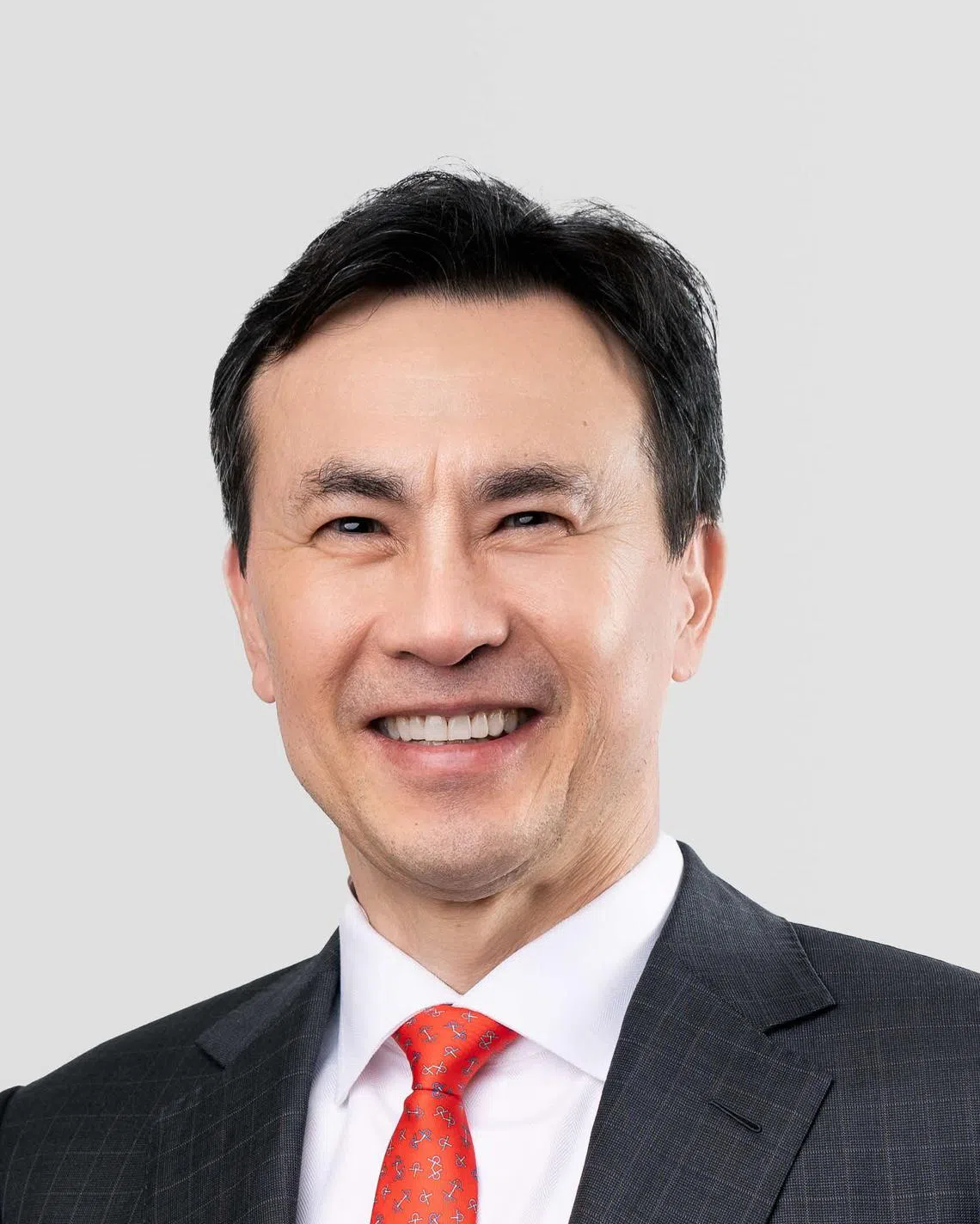
Markets are awash with noise – from tariffs and policy pivots to currency fluctuations and geopolitical headlines. Yet, within this cacophony lie signals worth decoding. We focus on actively assessing the underlying fundamentals of market-moving events, distinguishing between those that mark structural shifts and those that reflect transient (short-term) volatility.
Take tariffs, for example. They can be disruptive, but their immediate negative impacts are often offset, or even eclipsed, by other economic forces. A case in point: Despite earlier predictions of stagflation due to the tariff turmoil, the US economy has continued to expand.
Conversely, a weaker US dollar may seem cyclical. But when driven by persistent fiscal deficits or a gradual erosion of dollar hegemony, it signals a more profound structural shift – one that demands a reassessment of hedging strategies and geographic exposures.
As advised by our chief investment office, we take a long-term view in evaluating market signals, zeroing in on secular trends with lasting momentum.
Themes such as artificial intelligence (AI), rising defence expenditure and global reshoring are not fleeting narratives; they are structural forces that we believe will shape the investment landscape for years to come.
James Cheo
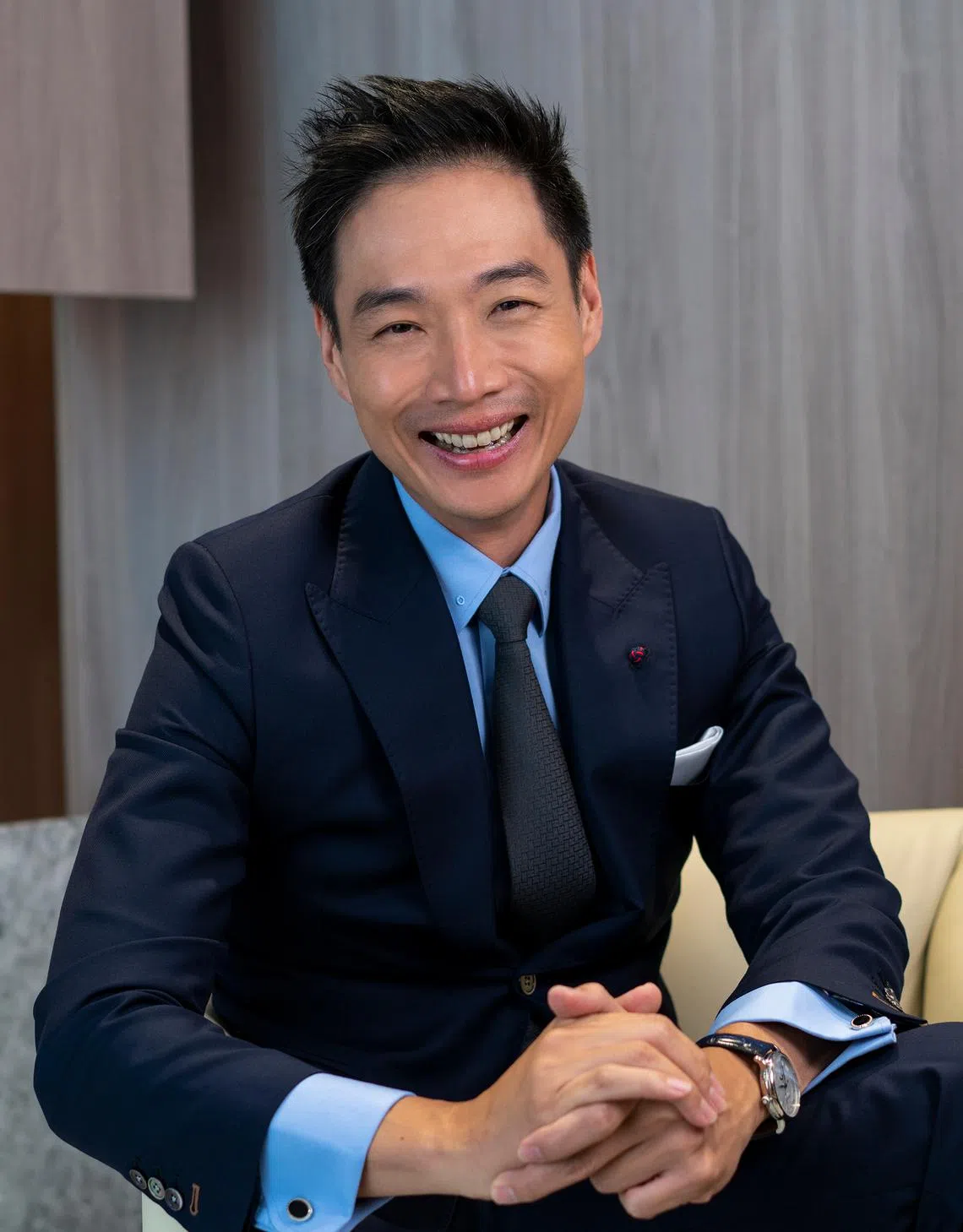
The key is to distinguish between short-term noise and structural shifts.
Noise often stems from cyclical market reactions: sentiment swings, positioning adjustments, or temporary policy moves. Structural shifts, however, are underpinned by persistent changes in the macro and geopolitical landscape, such as the rewiring of global trade flows, supply-chain realignment, and the long-term recalibration of US-China economic relations.
The key is to differentiate between the market chatter that fades and the structural forces that endure. Temporary moves driven by sentiment or data surprises often reverse, but changes anchored in policy direction, demographic trends, or technological disruption tend to have staying power. We want to build investment strategies and conviction around structural trends.
In this environment, relying on old assumptions is risky. There is a need to adapt investment portfolios for a world of higher volatility and more frequent shocks, by stress-testing across scenarios, and building resilience through diversified exposures – not just across asset classes, but across geographies, liquidity profiles, and economic regimes.
SEE ALSO
These shifts would also open new areas of opportunity for investors who remain disciplined and adaptive.
Jack Siu
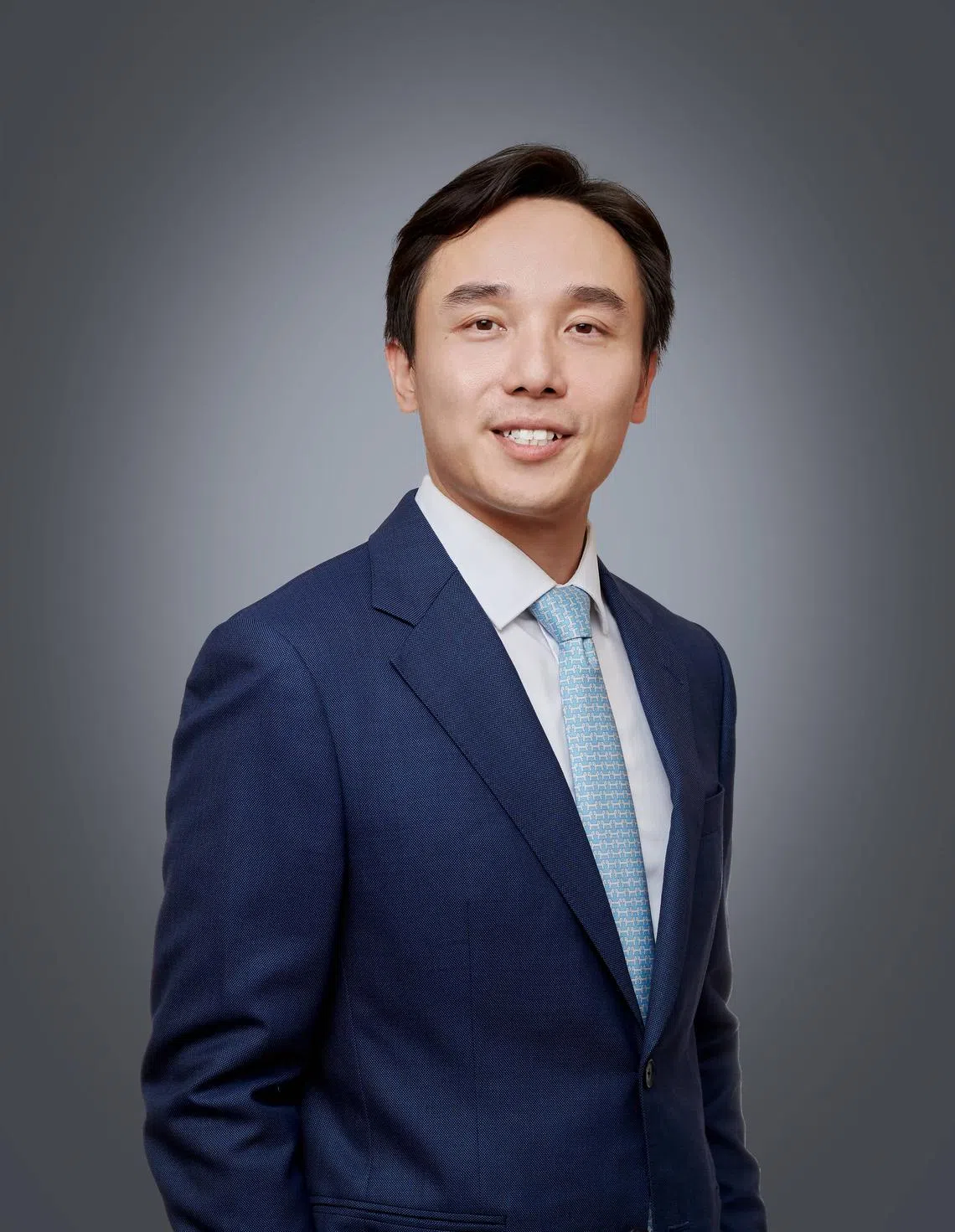
Our portfolios are governed by our Lombard Odier house view, which is driven by rigorous research and market analysis, and formalised by our investment committee’s decision process that combines our global insights with deep local expertise.
Within this framework, we discern what could be just noise and the probability and scenarios of it becoming real fundamental shifts. We then assess the market implications of the potential outcomes and make risk-adjusted investment decisions that have helped us to generate consistently strong absolute performance in our portfolios.
The current global landscape is characterised by a shift towards a multipolar world, gradually replacing the unipolar, globalised order of the past three decades.
Key developments include ongoing strategic competition between the US and China, alongside rising protectionism across sectors such as technology, defence, industrial production and trade.
These dynamics coexist with multilateral institutions, regional blocs such as the European Union, Asean, and Brics+, shaping a more complex geopolitical fabric.
At the same time, broader global trends – demographics, technological innovation, and the urgent transition towards a more sustainable and equitable economy – are driving transformative opportunities.
Within this complex backdrop, several developments stand out as particularly consequential with long-term implications.
One, China aims to position itself as a leader in green technologies and renewable energy, which could reshape global supply chains and investment flows despite facing significant challenges.
Two, while the US consumer remains central today, the emerging markets’ consumers are poised to drive future growth, reflecting shifts in global economic power and consumption patterns.
Three, advancements in AI and increasing capital expenditure on infrastructure are fuelling a new wave of innovation and productivity gains, with potential long-term impacts on multiple sectors.
As asset allocators, we recognise that these shifts could fundamentally alter the global economy and financial markets over the coming decades. They underscore the importance of maintaining a diversified portfolio that can navigate evolving risk-return landscapes, and capture opportunities while managing uncertainties inherent in these transformative trends.
Through discretionary portfolio management services, our clients benefit from our round-the-clock analysis of these complex developments on their behalf.
Young Jin Yee
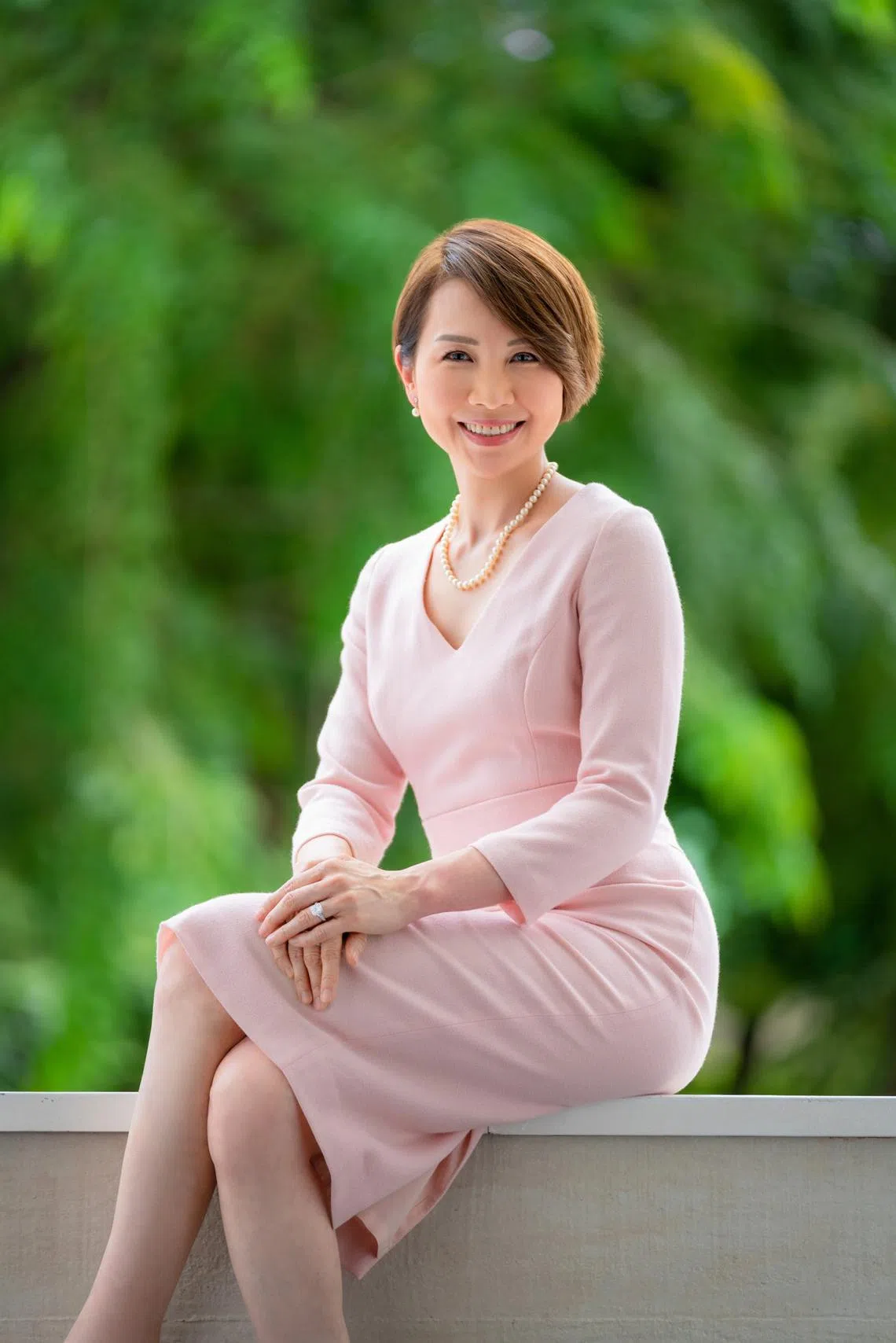
We think the Australian dollar and Singapore dollar are good ways to diversify away excess USD exposure. Both Apac currencies also bring access to onshore bond markets that international investors could use to diversify from USD exposure.
Our base case remains that US tariffs will eventually settle around 15 per cent, but we do not expect it to cause a recession or end the equity bull market.
Recent data releases have been consistent with our view that cooling growth and slowing job creation will allow the US Federal Reserve to start cutting rates in September, with 100 basis points of easing by June 2026.
While ongoing disinflation and economic growth cooling would support further easing, an upside inflation surprise could quickly upset this picture.
Our base case remains that the US economy will avoid recession. Markets will be higher in 12 months’ time, and volatility can be used to build long-term exposure.
Evonne Tan
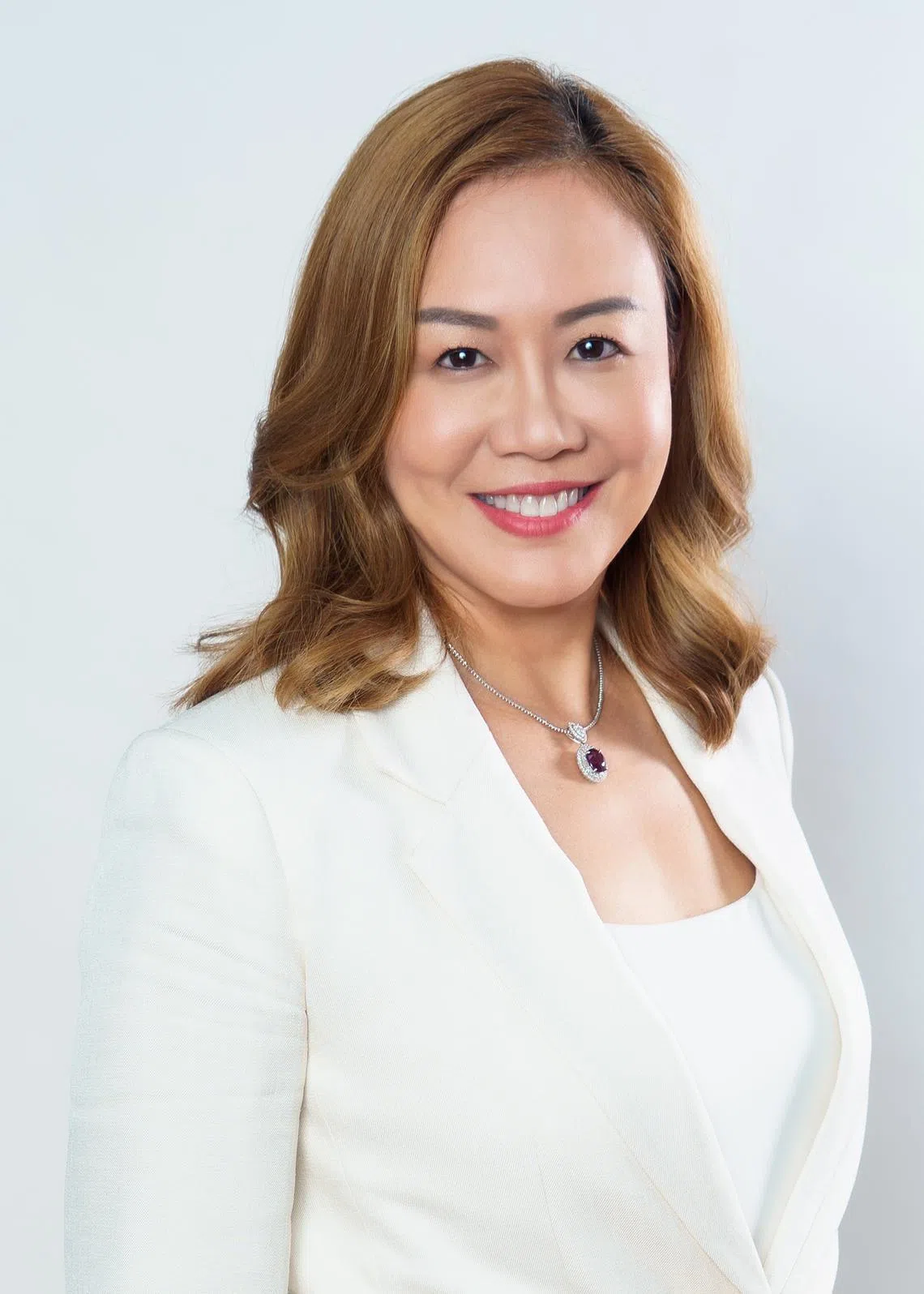
Distinguishing between noise and fundamental shifts is key to making sound, long-term investment decisions. Noise is typically short-term, driven by rumours, headlines or technical flows, and often reverses quickly with minimal impact on underlying fundamental asset values.
In contrast, fundamental shifts stem from changes in the macro environment, policy changes, technological advances, or evolving business models that have lasting impact on capital flows, earnings or valuations. The impact on asset values may unfold gradually but will typically have lasting repricing.
Two current developments stand out.
First, tariffs under US President Donald Trump have reshaped global trade, triggering a reassessment of globalisation, supply-chain resilience and geopolitical alliances.
The move away from a rules-based multilateralism is challenging entrenched interdependencies, leading to a push towards regionalisation. Nearshoring and friendshoring – the relocating of supply chains closer to home or allied countries – are gaining traction, potentially forming new trade blocs and strategic agreements.
Second, AI is reshaping productivity, labour markets, business models and capex priorities.
By automating tasks and supporting data-driven decision-making, AI has the potential to improve operational efficiency and reduce costs. It may also enable scalable platforms and reshape competitive dynamics across industries, with the potential to fundamentally alter how businesses compete and operate.
Sunil Garg
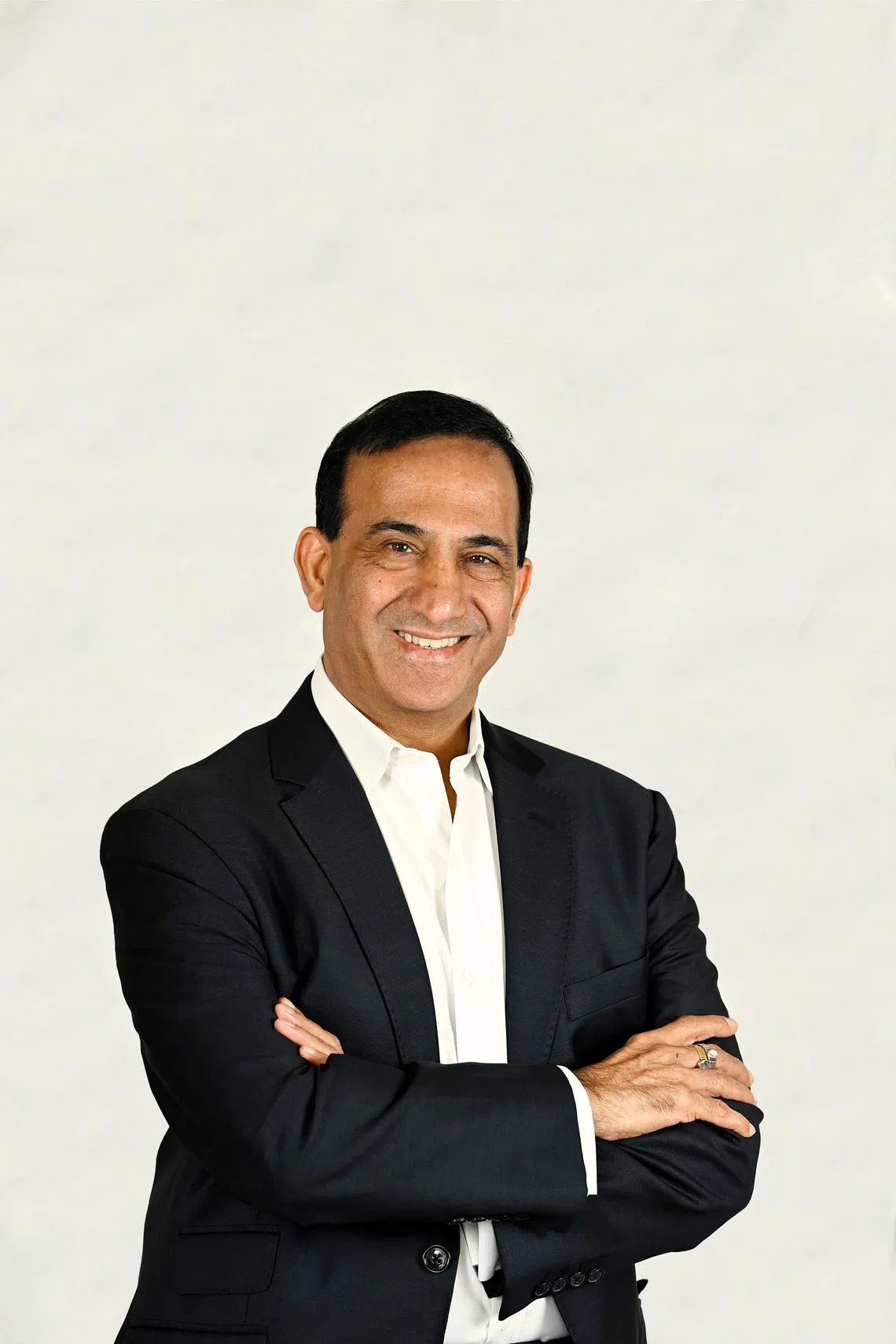
Without debating the merits of tariff calculations, initial proposals suggested a parallel shift in the producer cost curve that would be shared in a market-driven proportion between producers and consumers, with implications for both inflation and corporate margins.
Volatility associated with negotiations is noise, while the end result is the long-term fundamental impact – something that can be priced in, even if it leads to a downward shift in the growth trajectory.
That was then; now with the morphing of the tariff tool for both economic and non-economic (geopolitical) objectives, the added fundamental impact is that of uncertainty. Higher volatility equates to lower price multiples. In aggregate, therefore, longer-term implications are slower growth, higher prices and lower price multiples for securities.
Kelvin Lam
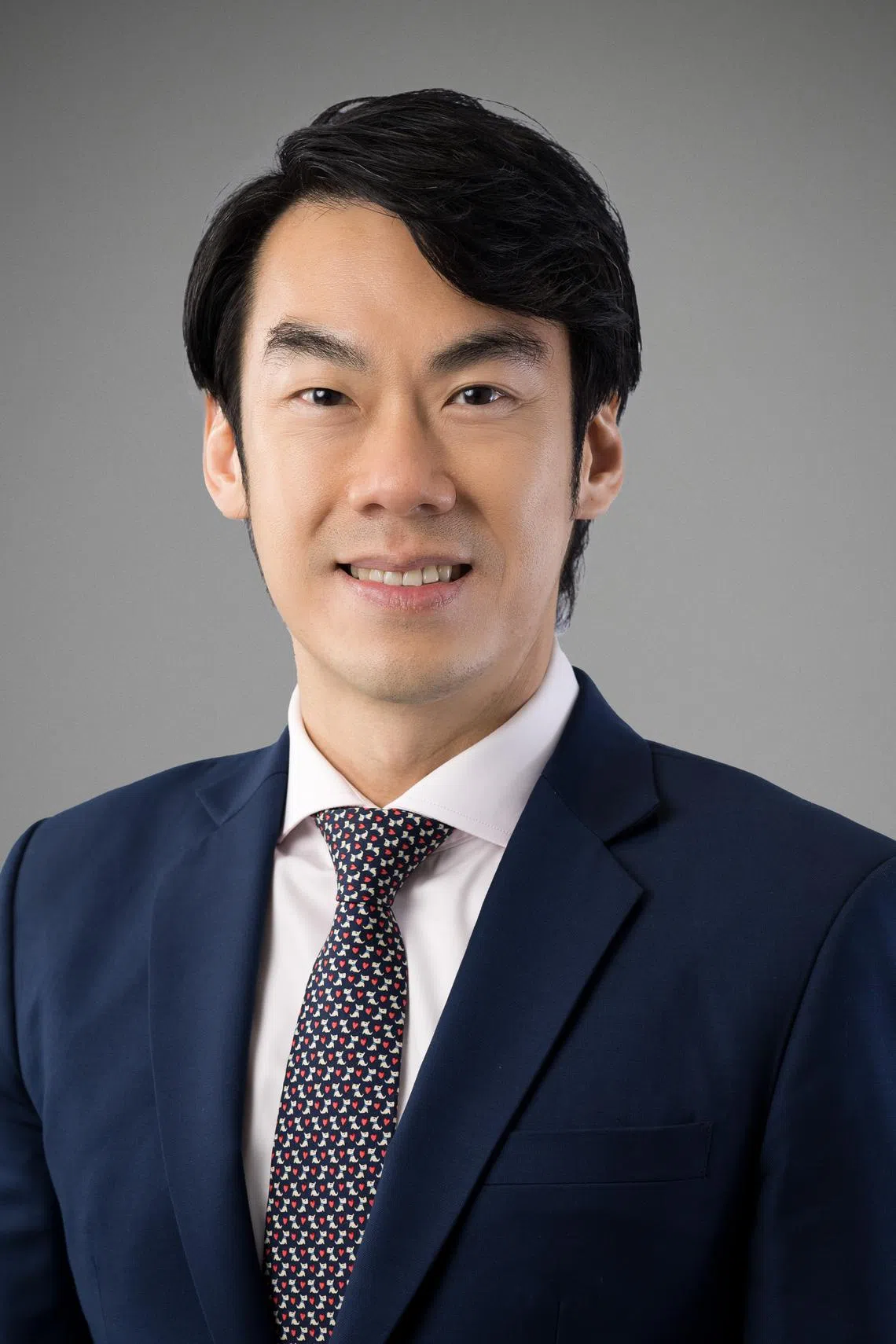
The key is to stay grounded in fundamentals. Not every market move is a regime change. But when we see patterns, such as sustained US dollar weakness or Asia taking on a more central role in global capital flows, those are developments with longer-term impact. Investors in Singapore are well-placed to benefit from these trends, especially with more balanced global exposure.
Jason Moo
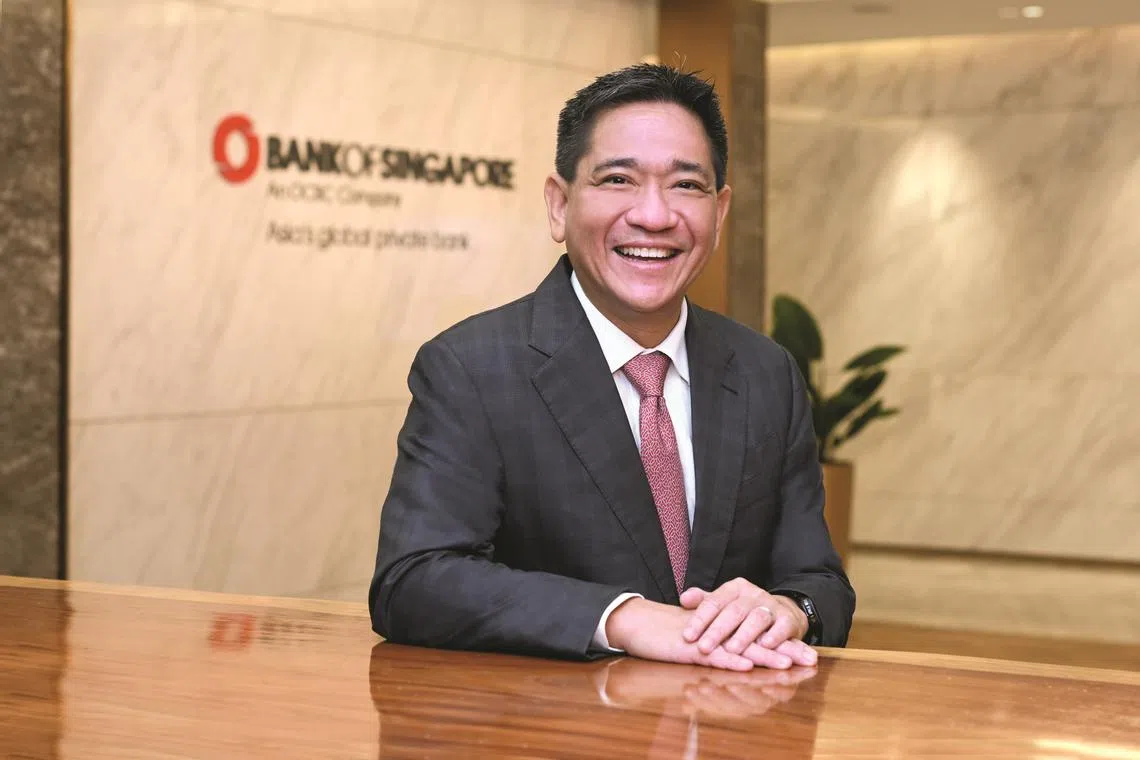
To distinguish between short-term fluctuations and deeper structural changes, it is essential to examine the underlying macroeconomic and geopolitical forces shaping the investment landscape.
The resurgence of trade protectionism under the Trump administration is not just a temporary policy shift, but part of a broader and more enduring geopolitical realignment that will reshape global economic norms. This transition away from a US-centric global order towards a more fragmented, multipolar world will have lasting effects on inflation dynamics, interest rate trajectories, market dynamics and global capital flows.
The weakening US dollar further underscores these structural concerns, which have led investors to factor in risk premia for US assets and diversify exposures. It reflects growing unease over fiscal sustainability and rising debt levels that will influence global reserve currency preferences and cross-border investment behaviour.
Another transformative force is the confluence of the rapid advancement of AI with changing demographics. AI and robotics will fundamentally reshape the labour productivity and profiles of ageing societies in Europe and Asia.
These developments are not fleeting – they represent long-term shifts (or supertrends) with significant implications for investing. Investors are encouraged to keep a long-term perspective with patient capital than to react impulsively to short-term developments. More than ever, we need to adopt a disciplined, forward-looking approach to asset allocation that is grounded in resilience and adaptability.
Kelly Chia
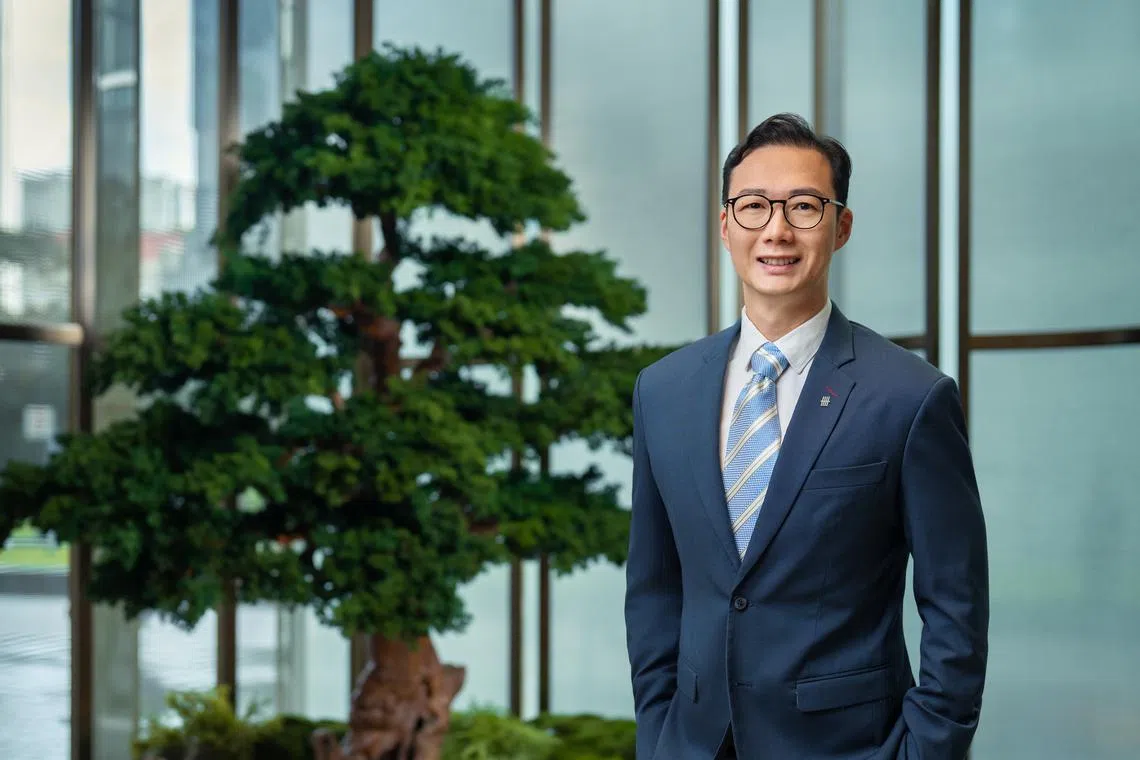
The global investment landscape is shifting in ways that demand more than tactical adjustments. They require a fundamental rethink. Recent developments, from rising tariffs to the weakening of the US dollar, have disrupted the reflexive strategies investors once relied on. But not all change is created equal. The challenge now is to distinguish between noise and signal, and to build portfolios that are not just reactive, but resilient.
Despite macroeconomic headwinds, the US continues to be a crucible of innovation. Its entrepreneurial culture – where failure is often a precursor to success – has produced companies whose products and services are deeply embedded in global daily life. These firms generate multibillion-dollar free cash flows and maintain significant international exposure, mitigating concerns about geographic concentration.
The next transformative AI application is likely to emerge from this ecosystem, reinforcing the US’ role as a technological vanguard. In contrast, Europe’s regulatory rigidity and Asia’s strategic retention of breakthroughs for national security may limit their global commercial impact.
The current US administration’s assertive trade stance has introduced a level of policy unpredictability not seen in recent memory. Trade-policy-uncertainty indices have surged, and tariffs on key partners have risen sharply. This has disrupted the traditional “risk-off/strong-dollar” reflex, with the dollar index down nearly 10 per cent year to date.
Yet, institutions endure. Harvard University (established in 1636), the US Treasury (1789) and the Federal Reserve (1913) have all outlasted political cycles and strong personalities. These entities provide ballast in turbulent times, reminding investors that while leadership may shift, the structural integrity of the US economy will likely remain intact.
Foo Tian Ong

While there is certainly a lot of noise, the trend of monetising trade relationships looks likely to continue for the foreseeable future, with even taxes on US exports, initially in the semiconductor sector, now on the table. This may reduce the attractiveness of US assets relative to those in the rest of the world and put downward pressure on the US dollar on a multi-year basis.
For investors, this is not something to be scared of. A weaker USD is generally good for investment returns, but it likely means that the dramatic outperformance of US equities since the 2007-2008 global financial crisis is coming to an end. This outlook is reinforced by the increased focus on economic self-reliance in Europe, led by Germany, and in Asia, led by China.
From our perspective, this means investors must rethink portfolios significantly. For many years, being overweight the US stock market, especially the technology sector, was sufficient to ensure outperformance. It is becoming increasingly important to ensure they are diversified across regions and sectors, while also diversifying the currency denomination of deposits away from an excessive focus on USD deposits.
Dong Chen
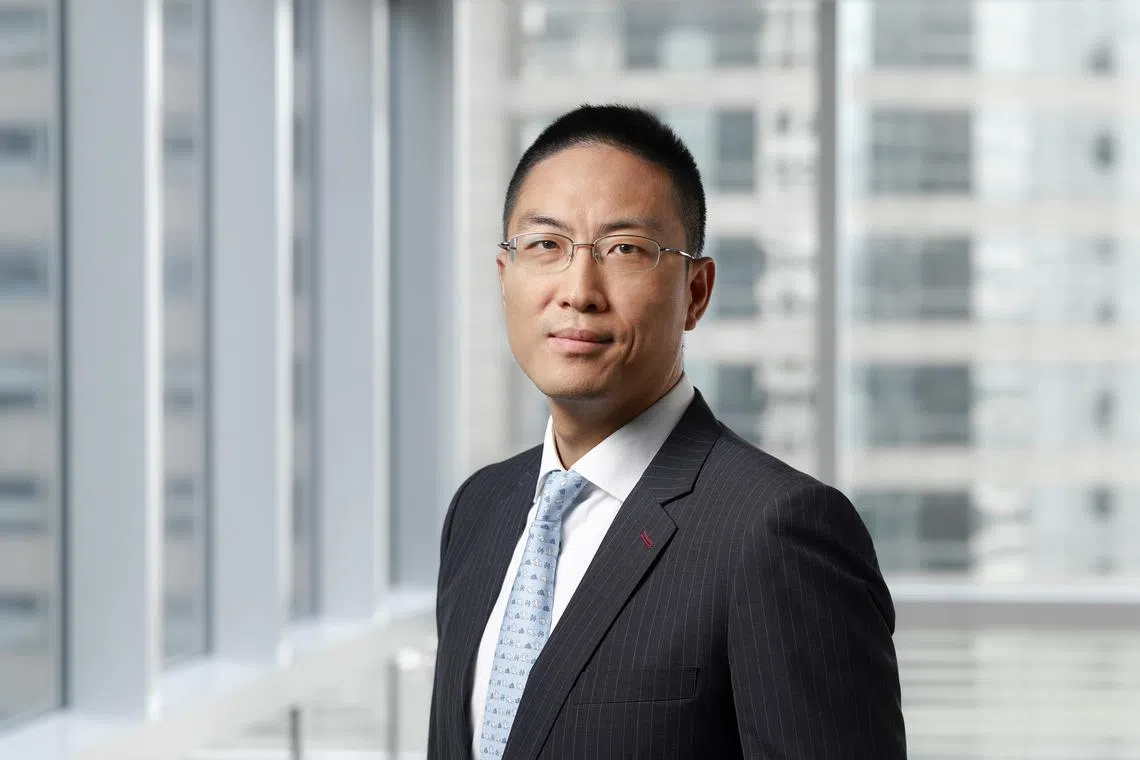
To ascertain if some developments are fundamental shifts or noise, one has to analyse whether these developments challenge the underlying assumptions of the ongoing economic and political framework. In this sense, several recent developments are indeed fundamental with longer-term implications.
First, the much higher tariffs that the Trump administration imposed on the rest of the world represent a major departure from the trend of globalisation in the previous decades. These policies will accelerate regionalisation of supply chains, which could lead to efficiency losses and higher inflation.
Second, the US dollar weakness reflects a crisis of confidence in the currency’s “exorbitant privilege”. Increasing concerns about the US’ fiscal sustainability and the potential weakening of Fed independence will likely continue to weigh on the dollar going forward. The greenback’s decline will likely be a long-term process, but hard to reverse.
Shafali Sachdev
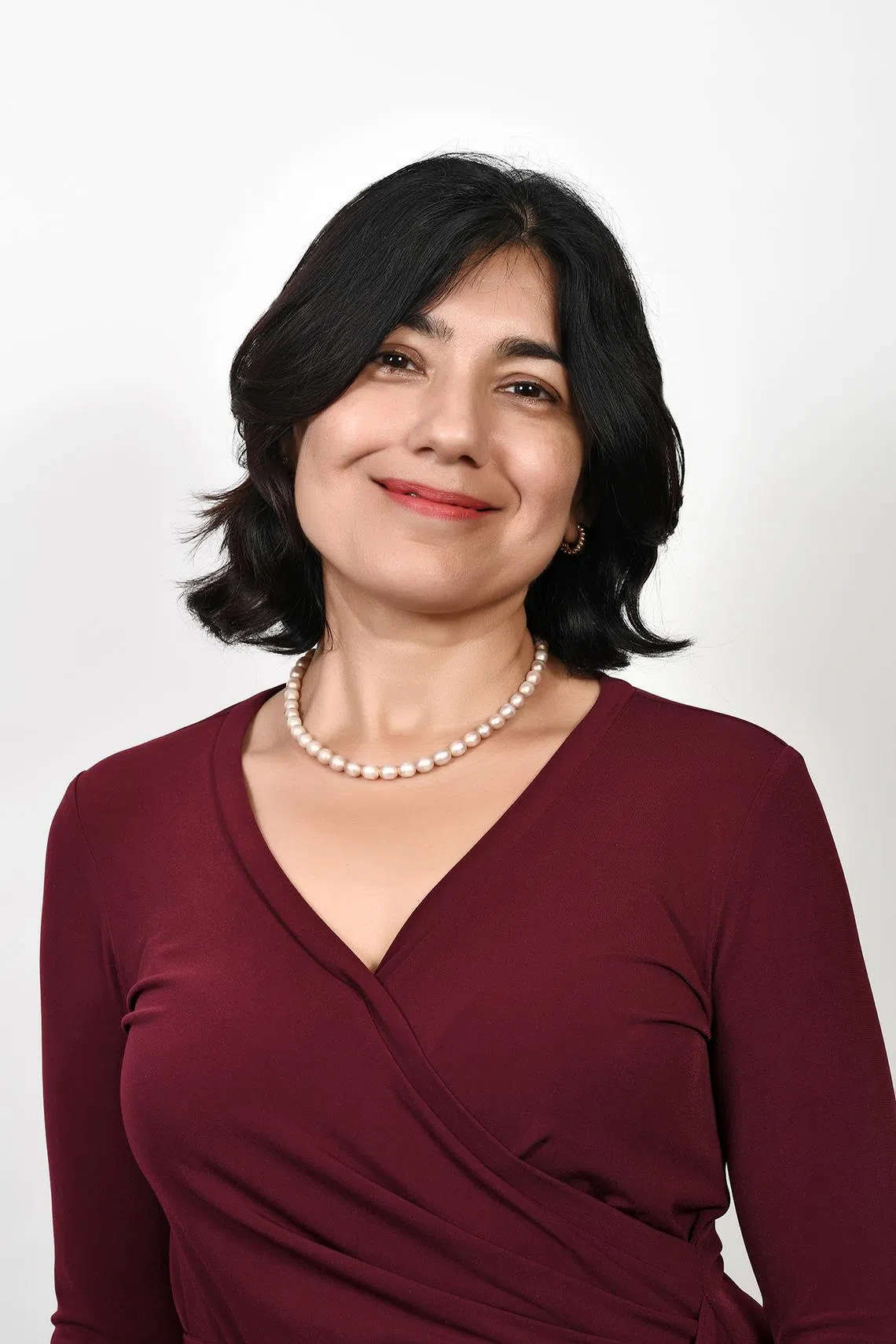
We look at the recent developments around tariffs, not just for their immediate impact on markets, but also through a longer-term lens. Accordingly, we are shifting our focus from tariffs to their impact on inflation – and consequently, stagflation.
The level of cost pass-throughs will be a key factor in determining the pace and magnitude of inflation. Even as uncertainty eases, with major trading partners securing deals with the US, the effective tariff rate is expected to be closer to 15 per cent, the highest in nearly 90 years. Historically, tariffs are easy to implement but difficult to dismantle between countries. This represents a seismic shift away from globalisation towards deglobalisation.
Moving to the US dollar, the greenback has been disproportionately stronger in the past few years, aided by a rapid Fed rate-hiking cycle. This year, the policy uncertainty in the US, in contrast to more fiscal certainty in Europe (fiscal expansion in infrastructure and defence), has led to repatriation and diversification away from the dollar. We expect further weakness in the greenback, for both secular as well as cyclical reasons, as the interest rate differential turns more unfavourable to the USD.
With most major central banks nearing the end of their rate-cutting cycles, the US appears to be behind the curve, held back by recent trade and inflation developments. We expect the Fed to resume its rate-cut cycle from September 2025.
Investors are more eager to diversify their portfolios this year, as evidenced by the outperformance of non-US equities compared with US equities in the year to date. We began advocating global diversification in mid-2024, given the heavy weighting of US assets globally, and continue to favour regions such as Europe, the UK, Japan and China for equity exposure.
Q2: What does a robust portfolio mean? What instruments/vehicles are most essential in mitigating risk and still ensuring upside?
Joseph Poon
Diversification remains the cornerstone of robust portfolio design. By spreading investments across asset classes and strategies with low correlation, investors can mitigate losses and reduce volatility, especially in uncertain markets.
We advocate for our clients to consider the DBS CIO Barbell Strategy, which allows investors to capture long-term growth trends while generating stable income. This approach positions portfolios to benefit from structural tailwinds while remaining resilient to short-term disruptions. In 2024, the DBS CIO Barbell Strategy outperformed markets with 13.68 per cent in returns, placing us in the top 5 per cent of global peer funds.
On the growth side of our Barbell Strategy, we focus on companies aligned with secular themes: AI, rising defence expenditure, and millennial-driven consumption. On the income side of the barbell, we favour dividend-paying equities such as Reits and bonds. Risk diversifiers such as gold further cushion investors from portfolio volatility and drawdowns. This strategy transcends conventional portfolio diversification approaches by actively balancing exposure to upside potential with disciplined risk management.
James Cheo
The traditional 60/40 (60 per cent stocks, 40 per cent bonds) portfolio was built for a world of predictable growth, stable inflation, and reliable correlations between asset classes. That world has changed. Today’s environment is defined by higher macro volatility, structural shifts, and more frequent market shocks. While the principles of diversification remain sound, portfolios now need to be more adaptive.
One way forward is to expand the opportunity set beyond public markets. For suitable investors, private equity can complement listed equities by accessing growth opportunities that are often less correlated with daily market swings. Similarly, private credit can augment bonds by offering attractive yields, diversification, and in some cases, structural protections that behave differently in rising-rate or inflationary environments.
Robust portfolios also rely on risk models that stress test allocations against scenarios ranging from inflation spikes to liquidity squeezes to geopolitical disruptions. This helps investors build allocation frameworks that are not only diversified, but also resilient under different stress conditions. The question is less about whether 60/40 is dead and more about how we evolve it – by incorporating private markets where appropriate, and by adopting more dynamic risk management – to meet the challenges and opportunities ahead.
Jack Siu
A robust portfolio is designed to be stable, resilient, and capable of generating steady returns over the long term, even in challenging economic environments, adaptable to market cycle and regime changes. Every year, we spend at least a quarter of our time in generating our capital market assumptions (or expected asset class returns and risks over the long term), and strategic asset allocations across currency and risk profiles to ensure we get the balance between risk and return right for our clients.
A portfolio’s construction should mitigate downside risks while positioning it for potential upside. Implementation is crucial – pairing certain investment instruments and vehicles with others. These typically seek to balance wealth preservation and growth potential, allowing investors to shield their capital while participating in market gains.
Some of the most important building blocks include a combination of diversified ETFs, mutual funds, equities, bonds. Some hedging instruments, hedge funds and private assets, complemented by cash reserves and commodities, form a core set of tools for mitigating risk while participating in potential upside. For assets that have an often-illiquid nature, however, they are only suitable for investors ready to take a long-term approach.
Young Jin Yee
We expect this period of volatility to prove to be an opportunity rather than a reason to retreat. Investors who are under-allocated to equities should consider adding exposure to preferred areas – particularly in themes like AI, power and resources, and longevity.
We believe an allocation to gold remains an effective hedge against residual geopolitical uncertainty. We maintain our US$3,700/oz 12-month target and do not rule out the potential for prices to exceed this level if risks escalate.
Yields fell across the curve, reinforcing our case for quality fixed income. We continue to see an attractive risk-reward profile in quality high-grade as well as investment-grade bonds. Yields remain relatively high for quality fixed income, which should be the main driver of total returns going forward.
SGD bonds serve as a regional hedge. We see the USD/SGD moving down to S$1.25 by Q1 2026. We favour using bouts of USD strength to diversify and hedge USD exposure. For investors looking to hold SGD assets, we believe SGD credits have emerged as a decent income opportunity among regional markets. SGD credits are likely to remain supported by resilient corporate fundamentals, rate declines, and strong demand for a perceived safe haven amid structural concerns over the USD.
We also recommend that investors consider an allocation to alternatives, including hedge funds, private credit, value-oriented buyouts, and quality global real assets to help deliver returns. Such assets expose investors to a broader array of return drivers and enhance portfolio resilience. Investors should be aware of the various risks and drawbacks when investing in alternatives, including illiquidity, limited transparency, and the use of leverage.
Evonne Tan
A robust portfolio is one that is well-constructed to withstand different market conditions and economic scenarios while delivering on its long-term investment objectives. It requires a disciplined framework built around clear objectives, risk tolerance and time horizon.
The foundation of a robust portfolio lies in strategic asset allocation, which allocates capital across different asset classes such as equities, fixed income, cash and alternatives. This allocation is tailored to an investor’s financial circumstances and risk profile, as well as their investment objectives, and is the primary driver of long-term returns.
As asset classes behave differently in varying economic conditions, strategically allocating across different asset classes ensures the portfolio is less vulnerable to any single source of risk while capturing diverse return opportunities.
To further mitigate risk, diversification needs to go beyond asset classes to also include sectors, geographies, currencies, investment styles and even implementation methods. Global diversification protects against regional downturns, while sectoral and style diversification, such as balancing growth and value, adds further resilience. Effective diversification lowers portfolio volatility and reduces exposure to idiosyncratic risks, smoothing returns across cycles.
Sunil Garg
The ability to withstand multiple economic environments defines portfolio robustness. The 2008 financial crisis, the 2011 European crisis, and the 2022 downturn are all examples of varying economic environments, while the pandemic is not.
Reducing correlation to market indices and yet having the ability to participate lowers volatility and drawdowns, which is essential for portfolio compounding over the long-term. Asset class and geographic diversification are the oft-used approaches to lower volatility – however, correlations have tended to converge in times of stress, rendering traditional diversification less than impactful.
We believe diversifying across strategies offers a better alternative (for example, long only versus long/short; multi-strategy, macro versus sector thematics). Additionally, position sizing plays a critical role in defining volatility. When building sustainable portfolios, allocating risk – rather than assets – provides greater benefits when compared to traditional allocation strategies (such as 60/40).
Kelvin Lam
A robust portfolio, in our view, is one that can withstand different market cycles, manage downside risk, and still capture opportunities for long-term growth. It is built on diversification – not just across regions and sectors, but also across investment styles and risk factors – so that performance does not rely on a single market condition or trend.
Systematic Equity Investing is one way we achieve this. It is a disciplined, data-driven approach that applies financial theory and empirical research to identify long-term drivers of equity returns. Allianz Global Investors has been an early adopter of this approach since the launch of our Best Styles strategy in 1999.
Our approach is grounded in academic insights but refined through decades of proprietary research and real-world experience. By consistently applying a structured framework focused on Value, Momentum, Revisions, Growth and Quality, we’ve built a resilient strategy that adapts to changing markets while staying true to its core principles. This long-term commitment has shaped a robust and reliable investment process.
For Singapore investors, the Allianz Best Styles Global Equity strategy offers a globally diversified equity core designed to adapt to changing market conditions while staying risk-aware, making it a practical, risk-aware solution.
Jason Moo
A robust portfolio framework is designed to deliver consistent performance across a wide spectrum of market conditions. Rather than relying on a single forecast or optimal scenario, it embraces uncertainty as a core principle of investing. This strategic asset allocation approach is grounded in robust optimisation, which explicitly accounts for the unpredictability of returns, volatilities, and correlations – unlike traditional models that assume perfect foresight.
By incorporating uncertainty into portfolio construction, robust portfolios achieve greater diversification and stability. They are less vulnerable to market stress and tend to exhibit lower downside risk and more muted losses compared to conventional market-cap-weighted or baseline portfolios.
Simulations conducted by Bank of Singapore show that robust portfolios not only reduce volatility but also maintain competitive long-term returns, making them well-suited for navigating today’s fragmented and volatile investment landscape.
To balance risk mitigation with upside potential, robust portfolios integrate a carefully calibrated mix of asset classes.
Public market exposures are optimised to avoid concentration and enhance resilience. Gold is included as a strategic hedge against inflation and systemic shocks. Alternatives are tailored to investor objectives: Private credit and infrastructure are emphasised for income generation, while private equity and non-core real estate are prioritised for long-term capital growth. Hedge funds are deployed across risk profiles to provide uncorrelated returns and tactical flexibility.
Ultimately, a robust portfolio is not about predicting the future – it is about preparing for it. It reflects a disciplined, purpose-driven investment philosophy that helps investors remain committed to their goals through cycles of change, uncertainty, and opportunity.
Kelly Chia
The most profound shift is the persistence of a non-zero interest rate environment. This has upended the traditional 60/40 portfolio model, where bonds once served as a hedge against equity volatility. Since April 2021, bond-stock correlations have turned positive, stripping Treasuries of their protective role and amplifying duration risk. Liberation Day has shown that equity and fixed income have drawdowns in tandem. This is an uncomfortable vulnerability for long-term investors.
In this new reality, robustness is not just about diversification – it’s about adaptability. Investors are increasingly embracing a three-sleeve structure: equities for growth, bonds for income and stability, and private assets for diversification and yield. Private investments offer less correlated income streams and access to opportunities beyond public markets, especially valuable during periods of volatility or today’s overvaluation.
The emerging 50/30/20 model is not a trend; it’s a strategic response to a world defined by uncertainty. In this environment, robust portfolios are not merely defensive – they are instruments of long-term conviction.
Foo Tian Ong
At one level, we think the so-called death of a 60/40 equity-bond portfolio is overblown. A high allocation to both equities and bonds is still important.
However, the US is likely to see inflation moving at least cyclically higher in the coming months on the back of rising import tariffs and we know that periods of high inflation usually results in a positive correlation between US stocks and bonds.
Therefore, apart from diversifying investment across regions, it is also important for investors to seek alternative diversification options. In our Foundation+ portfolios, we continue to advocate an allocation to gold, which we see as being supported by continued geopolitical tensions and central bank demand. USD weakness is also likely to support gold returns.
Meanwhile, we also have a 20 per cent allocation to other alternatives such as private assets and hedge fund strategies. These have much lower correlations with long-only assets, and therefore offer hugely valuable diversification benefits, especially in a high-inflation world.
Private credit remains attractive due to the attractive yields on offer while private equity is becoming increasingly important as many companies decide to remain private for longer, if indeed they ever plan to go public. Real assets are also an important hedge against a potentially structurally higher US inflation level.
Dong Chen
A robust portfolio is a carefully constructed investment strategy designed to withstand market volatility while maximising returns through diversification, risk management and alignment with the investor’s goals. I don’t think there is one single magic instrument that can achieve this.
Instead, investors should spread investment across stocks, bonds and alternative assets to avoid over-exposure to any single risk. Also assets should be mixed to match investors’ risk tolerance and regular adjustments are needed to maintain target allocation and lock in gains.
In the current environment, alternative investments like real estate, commodities (including precious metal) and private equities are good instruments to provide diversification to one’s portfolio to, on the one hand, hedge against geopolitical risks and, on the other hand, bring potential upside.
Shafali Sachdev
A robust portfolio should be able to withstand a highly volatile environment, as uncertainty is likely to persist for some time. Diversification enables the most optimal risk-adjusted returns. Gold remains a favoured asset, but to build a robust portfolio, we also advocate including non-traditional asset classes, as bond and equity correlations tend to converge during periods of stress.
In particular, we favour incorporating alternatives and private assets. Gold, as an example, was the best performer over the past two years, with gains exceeding 25 per cent annually. We currently prefer other precious metals such as silver and platinum.
Private assets offer access to unique opportunities not available through traditional markets, often delivering high returns (typically in multiples), and uncorrelated performance as well. Most importantly of all, having a strategic asset allocation is vital. It enables investors to achieve long-term stable returns by mitigating the negative impact of market timing and reducing emotional or cognitive biases.
Decoding Asia newsletter: your guide to navigating Asia in a new global order. Sign up here to get Decoding Asia newsletter. Delivered to your inbox. Free.
Copyright SPH Media. All rights reserved.

